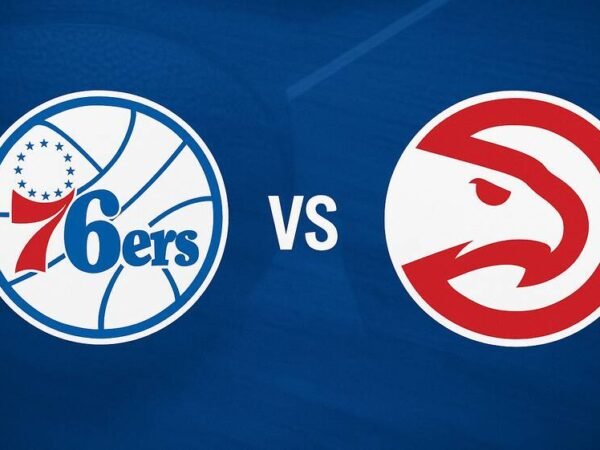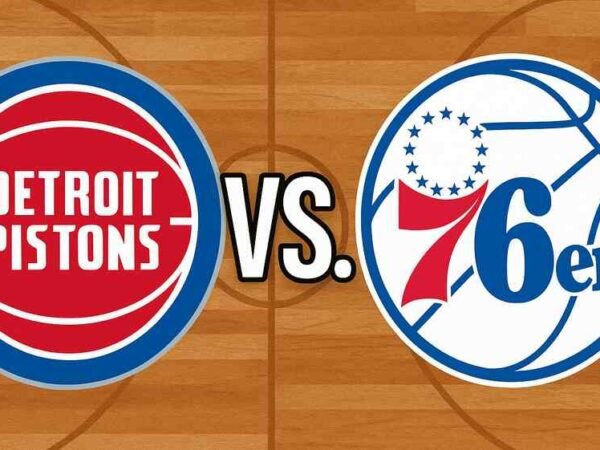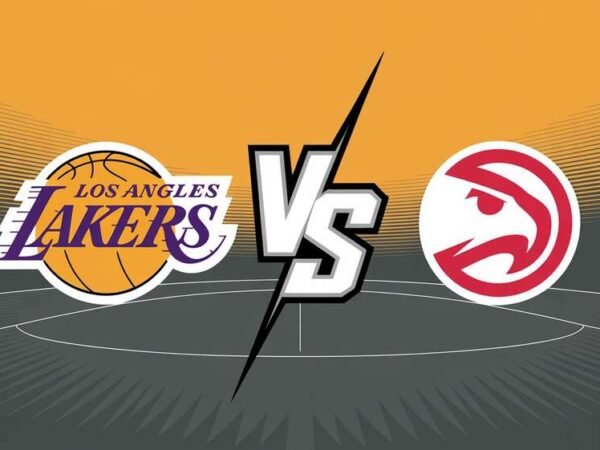Intro: Toronto Raptors vs Boston Celtics – Latest NBA Clash Reviewed
The recent matchup between the Toronto Raptors and the Boston Celtics brought fans another electrifying chapter in one of the Eastern Conference’s most intriguing rivalries. The highly anticipated game not only delivered intense basketball action but also offered an in-depth look at individual player performances that shaped the outcome. As the 2024-25 NBA season continues to unfold, games like this highlight the dynamic nature of team strategies, player growth, and playoff implications. This article examines the player statistics of the Toronto Raptors vs. Boston Celtics match, offering a comprehensive and informative breakdown of how each key player contributed and what it means for both franchises moving forward.
Final Score & Game Recap
In a fiercely competitive contest, the Boston Celtics emerged victorious with a 111-101 win over the Toronto Raptors. The game started with both teams trading baskets in a balanced first quarter. By halftime, the Celtics had carved out a narrow lead, thanks to their consistent ball movement and tight perimeter defense. The third quarter proved pivotal as Boston pulled ahead, leveraging fast-break opportunities and superior shooting accuracy. Despite a late push by the Raptors, the Celtics maintained composure and sealed the win with a strong finish. This game exemplified how small execution details can tip the scale in tightly matched encounters.
Top Performers: Boston Celtics
Jaylen Brown
Jaylen Brown stood out as the offensive engine for the Celtics, scoring 24 points with impressive efficiency. Shooting above 50% from the field, Brown showcased his mid-range touch and ability to finish at the rim through contact. His defensive prowess was equally impactful, as he frequently switched onto the Raptors’ primary scorers and limited their offensive rhythm. Brown’s ability to perform in high-pressure scenarios underscored his evolution as a dependable two-way leader for Boston.
Jayson Tatum
Jayson Tatum contributed 19 points, adding crucial rebounds and assists that kept the Celtics’ offense balanced. Though not his most explosive scoring night, Tatum’s court awareness and leadership were on full display. His ability to draw defenders opened up shooting lanes for teammates, while his calm under pressure helped steer the Celtics through challenging stretches.
Derrick White
A consistent spark plug, Derrick White chipped in 22 points and facilitated ball movement with a season-high in assists. His high basketball IQ was evident in pick-and-roll plays, where he exploited gaps in Toronto’s defensive coverage. White also added two steals, emphasizing his value on both ends of the floor.
Payton Pritchard
Coming off the bench, Payton Pritchard made a significant impact with 20 points, including four three-pointers. His performance was instrumental in maintaining scoring momentum when the starters took a rest. Pritchard’s energy and shot-making were a key difference in the second half.
Top Performers: Toronto Raptors
Scottie Barnes
Scottie Barnes continued to solidify his role as the Raptors’ cornerstone with 24 points, eight rebounds, and five assists. He attacked the paint fearlessly and showed growing confidence in his perimeter shooting. Barnes also logged multiple defensive stops, providing a well-rounded performance that highlighted his All-Star potential.
RJ Barrett
RJ Barrett added 22 points, demonstrating assertiveness in attacking the rim and drawing fouls. His aggressive style kept the Celtics’ defense on their heels, and his ability to create his shot added much-needed variety to Toronto’s offensive schemes.
Jakob Poeltl
Jakob Poeltl contributed 15 points and 10 rebounds, anchoring the paint on both offense and defense. His putbacks and screen-setting created space for Raptors shooters, while his shot-blocking deterred easy drives by Boston’s guards.
Bench Contributions
The Raptors’ bench provided modest scoring but lacked the firepower to match Boston’s reserves. Malachi Flynn and Gary Trent Jr. had moments of brilliance but struggled with consistency. This disparity in bench production proved costly in the final quarter.
Team Stats Comparison
The game’s stat sheet revealed critical differences between the teams. Boston shot 48% from the field compared to Toronto’s 43%, a gap driven by superior shot selection and better spacing. From beyond the arc, the Celtics were more accurate, shooting 38% to the Raptors’ 30%. Free throw shooting was another edge for Boston, hitting 85% of their attempts, while Toronto managed 76%.
In terms of rebounds, the Celtics narrowly led 45-42. Assists were also in Boston’s favor, highlighting their unselfish play. However, turnovers were nearly equal, with both teams committing 12. Steals and blocks leaned slightly toward Toronto, showing their defensive potential even in a loss.
Defensive Matchups & Strategy Insights
Defensively, the Celtics employed a switch-heavy scheme to neutralize Toronto’s drive-heavy offense. Marcus Smart and Derrick White took turns pressuring the ball, forcing rushed possessions. Boston’s help defense was disciplined, closing out on shooters without overcommitting.
Toronto countered with a mix of man-to-man and zone, trying to disrupt Boston’s rhythm. Barnes and Barrett often guarded Tatum and Brown, using their length to contest shots. However, lapses in rotation allowed Boston’s role players too many open looks, particularly from the corners.
Historical Head-to-Head Context
Over the last five meetings, the Celtics have had the upper hand, winning four out of five games. This trend suggests a tactical advantage and a deeper roster. The rivalry has seen heated playoff battles and regular-season thrillers, and while the Raptors have remained competitive, Boston’s consistency and experience have tilted the balance. This particular game followed the pattern, with the Celtics executing better down the stretch.
Post-Game Quotes & Reactions
Celtics coach Joe Mazzulla praised his team’s resilience: “We stayed patient, trusted each other, and made the right reads. That’s what won us the game.” Jaylen Brown echoed the sentiment: “We kept our composure, and everyone played their role. That’s how championship teams grow.”
On the Raptors’ side, coach Darko Rajaković emphasized growth: “We’re learning from every game. The effort is there, and we’ll keep improving.” Scottie Barnes remained optimistic: “We had our chances. We just need to clean up a few things, and we’ll be right there.”
What This Means for the Season Ahead
The win strengthens Boston’s grip on the top three positions in the Eastern Conference and builds momentum heading into a strict schedule. For Toronto, the loss highlights areas for improvement—particularly in half-court offense and bench production.
Both teams have the talent to make a playoff push, but consistency will be key. For the Celtics, maintaining health and bench productivity could propel them into serious title contention. The Raptors, meanwhile, must focus on developing their young core and improving team chemistry.
Conclusion: Stats Tell the Story
The Toronto Raptors vs Boston Celtics match player stats reveal a contest shaped by execution, efficiency, and depth. Boston’s balanced attack, timely defense, and bench support proved too much for Toronto’s top-heavy output. While individual brilliance from Barnes and Barrett kept the Raptors in contention, the Celtics’ team-first approach ultimately prevailed. As the NBA season progresses, games like this not only excite fans but also offer a lens into each team’s trajectory. Stats may not tell the whole story, but in this case, they certainly underscore who earned the win—and why.












